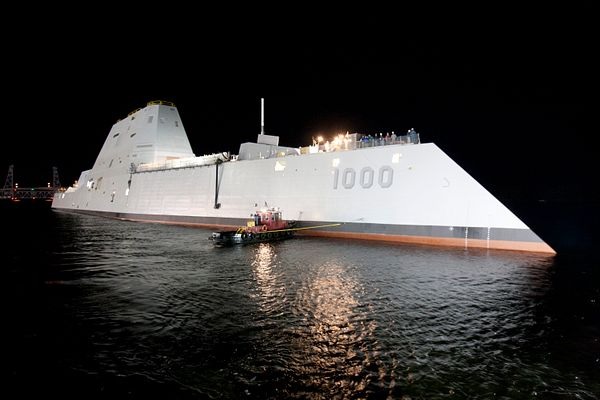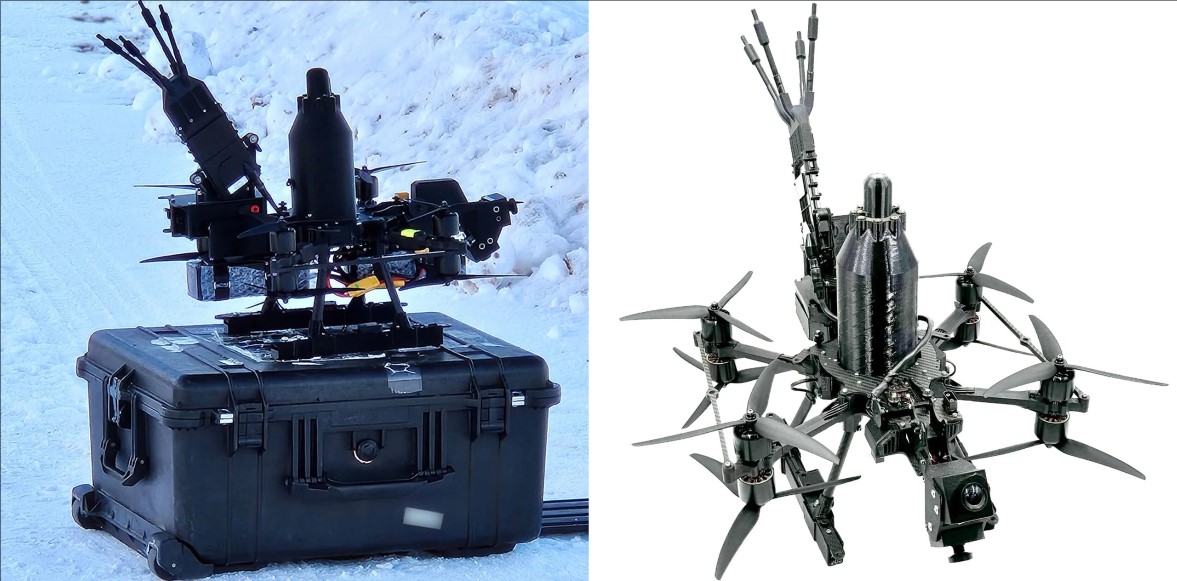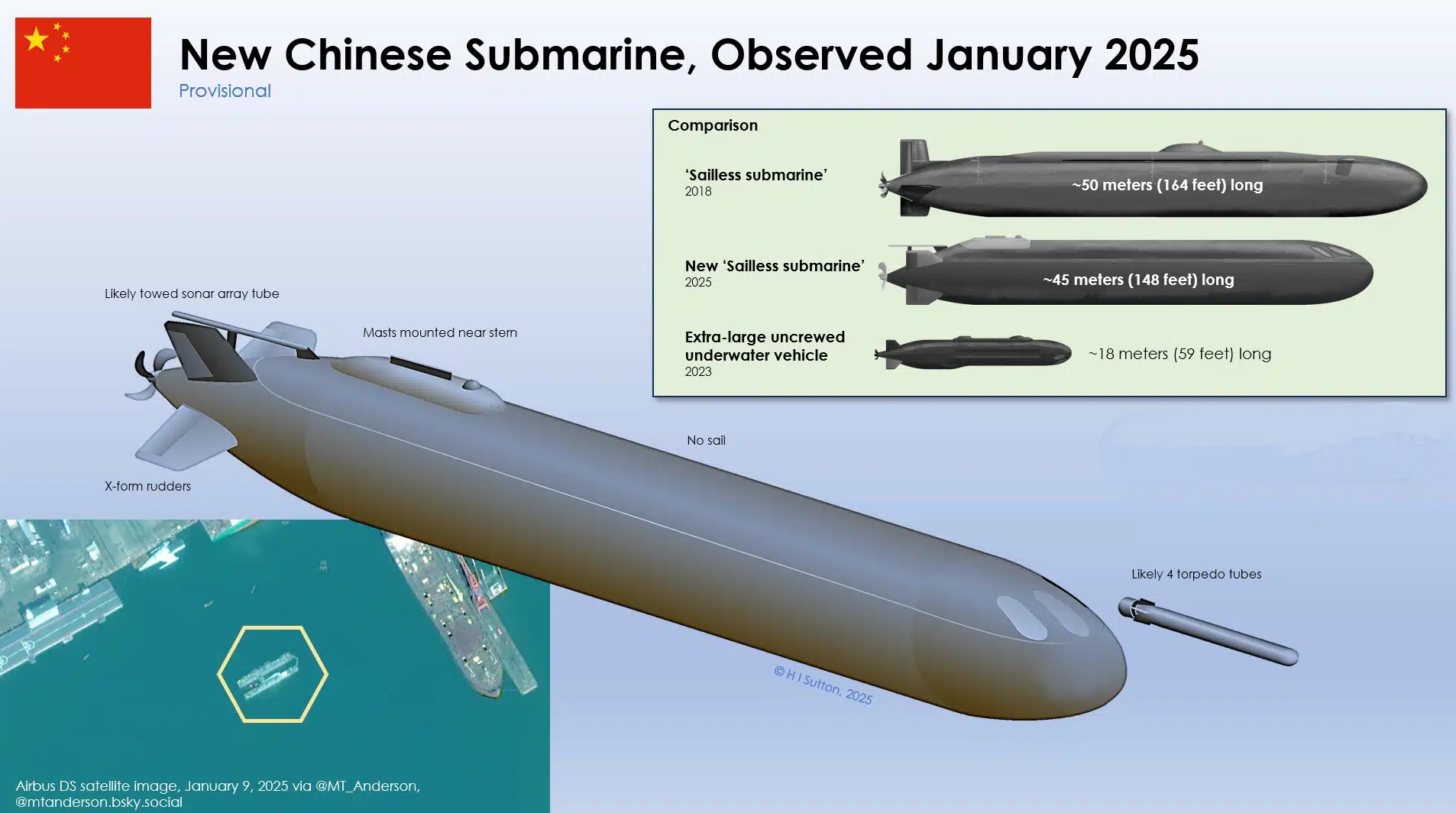US Navy Assesses Combat Readiness of Zumwalt Destroyer

The U.S. Navy is actively evaluating the combat readiness of its Zumwalt-class destroyers, focusing on their capabilities in offensive surface strikes and anti-air warfare. This assessment involves rigorous testing and integration of advanced weaponry to ensure these vessels meet modern naval warfare demands.
Evolution of the Zumwalt-Class Mission
Initially conceived for land-attack operations, the Zumwalt-class destroyers underwent a mission shift in 2019 to prioritize open-ocean surface strikes. In June 2021, the Navy further updated their operational requirements to incorporate Conventional Prompt Strike (CPS) capabilities. This enhancement aims to equip each ship with advanced hypersonic weapons between fiscal years 2024 and 2028, significantly boosting their long-range strike potential.
Ongoing Operational Testing
In fiscal year 2024, the Navy's Operational Test and Evaluation Force (OPTEVFOR) conducted a series of evaluations to assess the Zumwalt-class's defensive and offensive systems:
-
Live-Fire Missile Exercises: Four exercises tested the ships' abilities to counter anti-ship cruise missiles (ASCMs) and aircraft threats in simulated combat scenarios.
-
Modeling and Simulation (M&S) Testbed Runs: These simulations provided insights into the destroyers' performance against various missile and aerial threats.
While these tests demonstrated promising capabilities, comprehensive survivability assessments are still pending. Notably, Full Ship Shock Trials (FSST), essential for evaluating the ships' resilience to underwater explosions, have yet to be funded or scheduled.
Integration of Hypersonic Weapons
A significant advancement for the Zumwalt-class is the planned integration of CPS hypersonic weapons. These weapons are designed to travel at speeds exceeding Mach 5, allowing for rapid and precise strikes over long distances. The USS Zumwalt (DDG 1000), currently undergoing retrofitting at a shipyard in Mississippi, is set to become the first U.S. warship equipped with such capabilities. This retrofit involves replacing the original gun turrets with advanced missile tubes, transforming the vessel into a formidable platform for hypersonic weaponry.
Program Overview and Future Outlook
The Zumwalt-class program, initially envisioned to include more vessels, was scaled down to three ships:
-
USS Zumwalt (DDG 1000): Commissioned in 2016, this lead ship is currently being upgraded to house CPS capabilities.
-
USS Michael Monsoor (DDG 1001): Commissioned in 2019, it is slated for similar enhancements to bolster its combat effectiveness.
-
USS Lyndon B. Johnson (DDG 1002): Expected to be delivered in fiscal year 2027 after completing its CPS installation.
Despite these advancements, the program has faced challenges, including delays in Initial Operational Test and Evaluation (IOT&E), now anticipated to conclude in fiscal year 2025. Follow-on Testing and Evaluation (FOT&E) is planned through fiscal year 2027 to further refine systems and fully integrate CPS capabilities.
Conclusion
The U.S. Navy's Zumwalt-class destroyers represent a significant leap in naval warfare technology, combining stealth features with advanced weaponry. As the Navy continues to assess and enhance these vessels, the integration of hypersonic weapons positions them to play a crucial role in future maritime operations. However, until comprehensive testing is completed, questions regarding their full combat effectiveness and survivability in high-threat environments remain.


